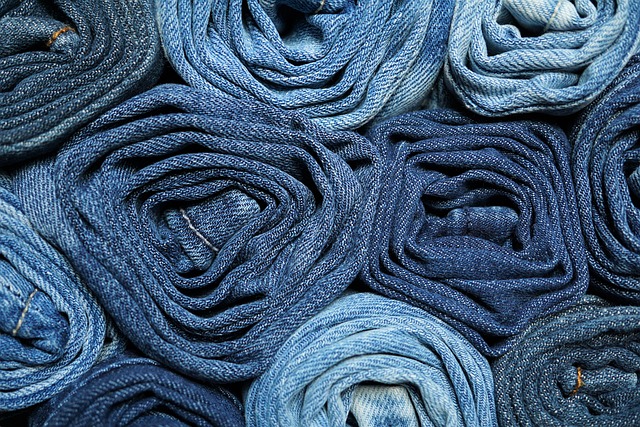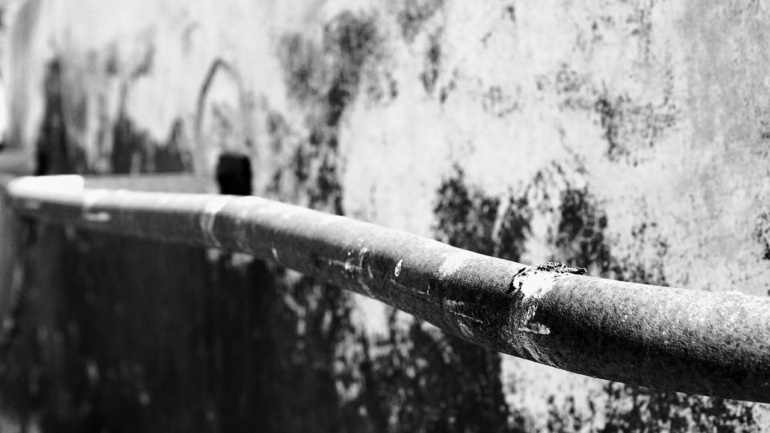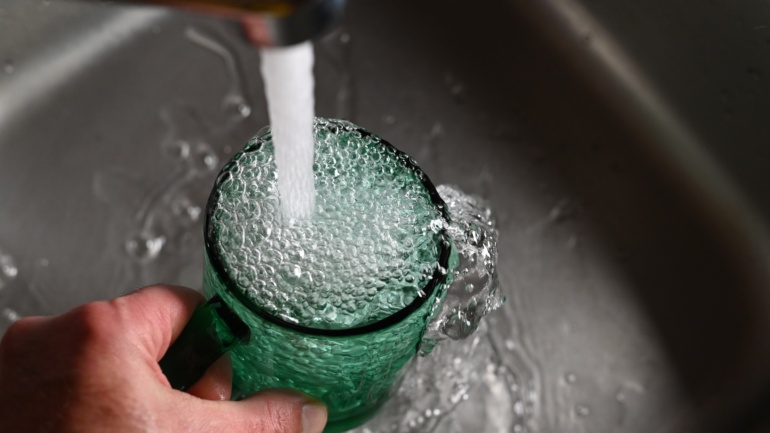By Brigitte Rodriguez, Associate Researcher & Writer for Save The Water™ | November 26, 2022
In recent years, companies have grown more interested in developing eco-friendly technologies in the textile industry. However, making textiles requires using a lot of energy and water. For these reasons, researchers have presented indigo color technology. This alternative means that companies will use fewer resources and chemicals when making textiles. Thus, this technology is an environmentally friendly option.
What is the Situation in the Textile Industry?
Now more than ever, consumers are becoming more aware of the impact of making clothes. For example, making textiles releases microplastics into the environment. They also release 0.5 million tons of microfibers into the sea every year.
According to the European Parliament, the textile industry causes 20% of water pollution. However, the fashion industry’s damage hasn’t slowed down. Instead, it’s intensified in recent years.
Jeans are the most commonly used article of clothing. Although people characterize them by their practicality, they hugely impact the environment.
Moreover, a single pair of cotton jeans consumes between 10,000 and 20,000 liters of water throughout the manufacturing process.
For all these reasons, the textile industry is increasingly having to adapt to change. It’s trying to opt for a more sustainable path by choosing less polluting options through the spread of new technologies.
Environmental Impacts of the Textile Industry
Water pollution from the textile industry is a serious problem. For example, there are thousands of companies in China that manufacture denim. According to Greenpace, in 2010, cadmium levels from Chinese textile factories exceeded the permissible limit 128 times. This endangered the lives of workers and the community. It also produced industrial pollution.
In addition, water pollution has affected the towns of Caruaru and Toritama in Brazil. These towns are known for the production of jeans. During production, wastewater was released directly into Capibaribe River without prior treatment. This affected the quality of the river water. According to a public health specialist, nobody could drink the water in some areas because it was stained an indigo color.
These are only some examples of the atrocities that the textile industry has done to the environment. There are other countries that produce the largest amount of clothing:
- China
- Bangladesh
- Vietnam
What is Indigo Color Technology?
Indigo color technology consists of adding indigo pigment during the fiber production process. The benefits of using this technology compared to conventional dyeing are mind-boggling. It’s worth mentioning that conventional indigo dyeing uses multiple dye baths in the fiber production process.
The benefit of this revolutionary technology is that it has a lower carbon footprint and can save large amounts of water. It saves more than 99% in water, chemicals, electricity, wastewater and heat energy.
How Does Indigo Color Technology Help the Environment?
This innovative technology offers a few advantages
- It eliminates almost 100% of water and electricity usage in the manufacturing process.
- It decreases the usage of chemicals by 80%.
- It releases minimal amounts of wastewater.
Indigo color technology is eco-friendly. Therefore, it’s one of the cleanest and most responsible options within all the current model fibers.
Future Perspectives
Many researchers have worked on improving the denim supply chain. However, although progress has been made, there’s still a lack of research on the different pigment colors in jeans.
Thus, the textile industry must become aware of the negative impacts of dyeing and look for other ways of working.
Further research will reduce the use of hazardous chemicals in the dyeing and treatment of their garments.
What Can You Do to Save Water?
There are a few ways you can preserve water:
- Participate in public awareness campaigns to draw attention to the importance of water conservation.
- Reduce water usage by taking shorter showers, and install water-saving shower heads.
- Always check pipes for water leaks.
- Reuse the water used to clean vegetables for watering plants.
- Use your washing machine only for full loads.
- Buy fewer clothes, as less consumption means less production.
- If you live in a country or region with water bodies at risk, urge your government to better manage cleaning sewage and wastewater.




